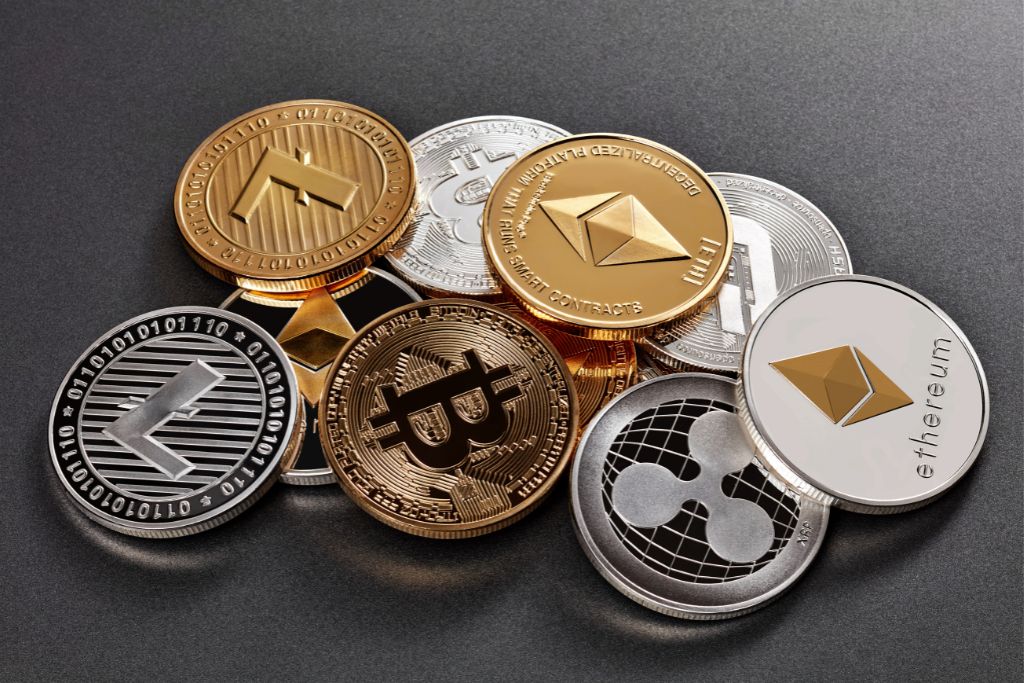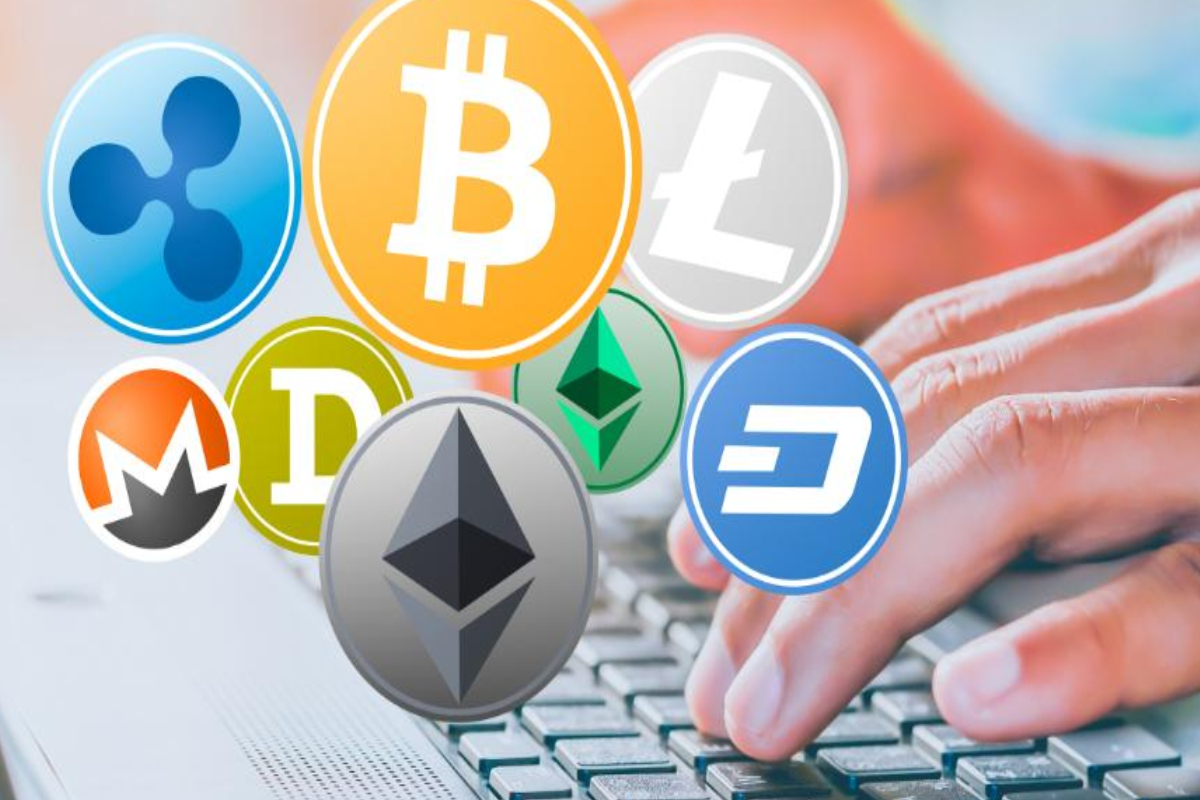Bitcoin may be the most well-known cryptocurrency, but it is not the only digital asset available for purchase. There are thousands of different digital coins available, and many of them are beginning to make headway in terms of usage. Stablecoins, for instance, provide a value that is more consistent than that of regular cryptocurrencies, and as a result, they may attract investors who are looking for uncorrelated returns. Additionally, the number of people interested in projects that aim to create a metaverse has grown.
Defi Applications
Decentralized finance, or DeFi, refers to applications based on blockchain networks that replicate traditional financial services without a central authority. These include lending protocols, exchanges, and a variety of other apps.
In the cryptocurrency world, DeFi applications use intelligent contracts to execute transactions on a blockchain network. These apps also allow users to transact peer-to-peer without the need for an intermediary.

Some examples of DeFi applications include Maker DAO, which enables users to lend DAI against Ethereum collateral, and Uniswap, which allows for the exchange of ERC-20 tokens. Moreover, new projects like MITIC are working to bring more DeFi functionality to the Ethereum ecosystem.
Besides offering the ability to transact across different blockchains, these systems also offer increased security and potentially lower costs. They can also support more types of products and services than centralized finance platforms. This is mainly because they do not rely on a single company or institution to operate.
Artificial Intelligence
Artificial intelligence is becoming more important in the crypto industry. For example, it can be used to analyze and monitor transactions, spot suspicious activity, and help cryptocurrency exchanges and regulatory authorities maintain compliance with regulations. It can also be used to predict market trends and shifts in sentiment.
Additionally, AI can be used to help improve blockchain technology. For example, it can be used to discover bottlenecks, optimize consensus protocols, and increase scalability. AI can also be used to identify and find patterns in data, which can help identify potential security risks.

In addition to this, AI can be used to improve the user experience and make cryptocurrencies more accessible. For example, it can be used to facilitate payment processes, improve security measures, and offer personalized services. Additionally, AI can be used to develop new decentralized apps (DApps) and provide monetization opportunities for developers. For example, one such project is Ecoterra, which rewards users for recycling and participating in green initiatives by allowing them to earn cryptocurrency tokens.
Blockchain Technology
Since Bitcoin’s introduction in 2009, cryptocurrencies and blockchain technology have exploded into mainstream attention. Now a global industry worth trillions of dollars, cryptos, DeFi applications, and non-fungible tokens (NFTs) have gained popularity as alternatives to banks and traditional trading platforms.
Also known as distributed ledger technology (DLT), the blockchain records transactions in a transparent and trusted manner. It is also highly secure, thanks to the way it’s designed.

In the cryptocurrency world, blockchain is used to record a wide range of transactions. The blockchain also reduces transaction costs by eliminating the need for third parties. The blockchain also enables businesses to make smart contracts, which allow for automated transactions that execute when certain conditions are met. This technology could be a powerful tool for companies looking to reduce expenses and improve efficiency. In addition, the blockchain can be used to track the provenance of materials. This can help organizations meet environmental, social, and governance standards.
CBDCs
Cryptocurrencies are being touted as the key to a cashless society and a more simplified financial services infrastructure. CBDCs have been gaining ground as a way to do this, but they differ from cryptocurrencies in that they’re managed by central banks and pegged to a specific fiat currency unit of value. This means that they aren’t as decentralized, which may dampen the current market fervor for cryptocurrencies. CBDCs can be restricted to wholesale users, such as banks, or open to the general public, and are designed to improve wholesale payment, clearing, and settlement systems.

Currently, the Bahamas has launched a CBDC called the Sand Dollar, and China and Sweden are developing their digital currencies. CBDCs offer several advantages, including increased access for unbanked consumers and lower transaction costs. However, the fact that CBDCs are centralized in a government institution could raise privacy concerns for consumers. They also might attract the same crowd of hackers and thieves that cryptocurrencies have drawn in the past.
Explore the 4 Most Important Cryptocurrency Trends to keep up with the fast-paced cryptocurrency world. This extensive page covers crypto market developments and tendencies. “Cryptocurrency Update – Navigating the World of Bitcoin and Altcoins” delves deeper into digital currencies. Learn about Bitcoin, Ethereum, and other altcoins and the developing cryptocurrency industry. Read up on cryptocurrency to stay ahead.










Recent Comments